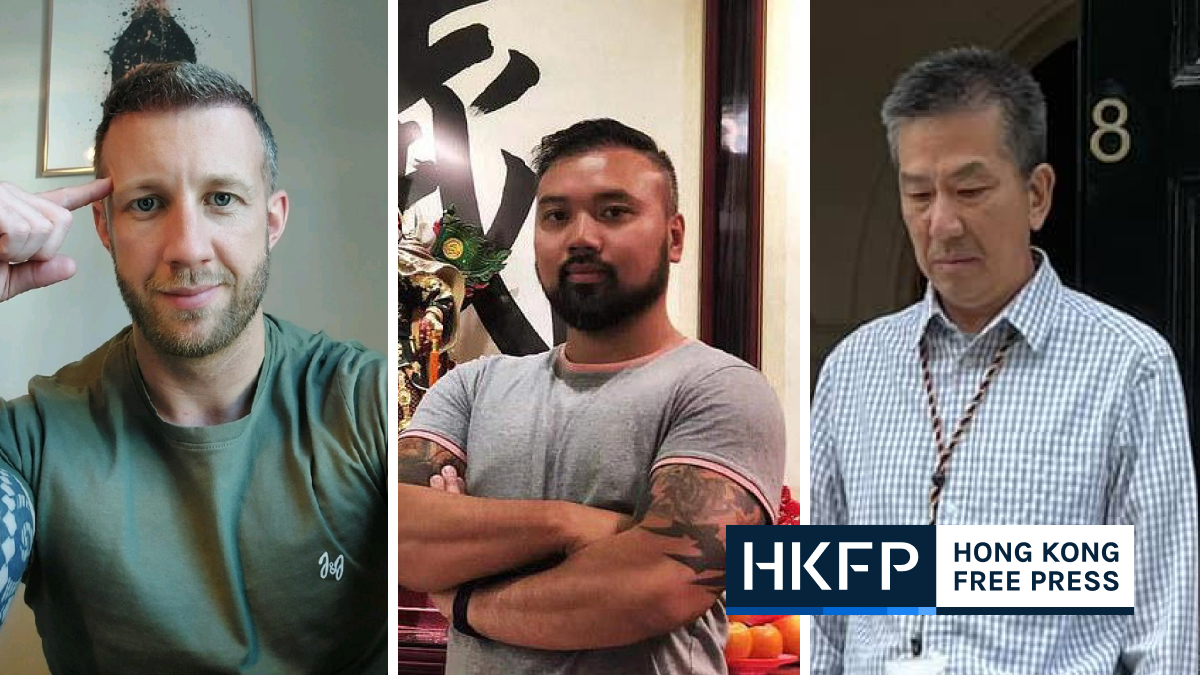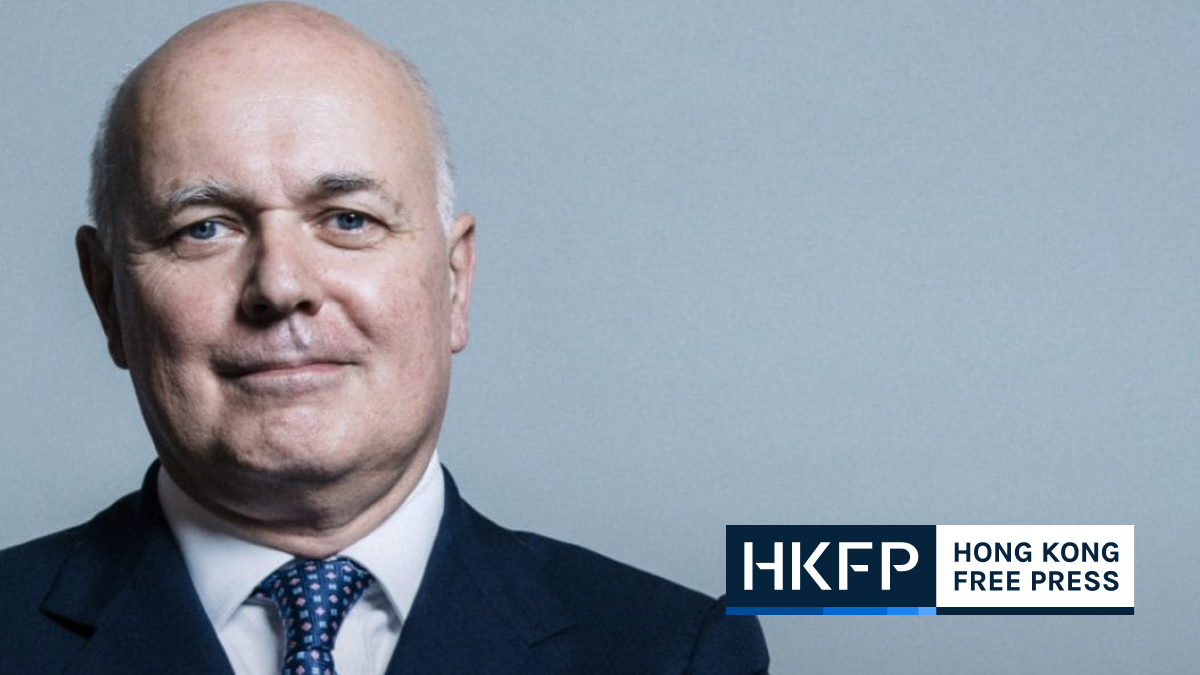Not too many Hongkongers spare a glance at their everyday surroundings as they get on with their lives, but academic and artist Sampson Wong wants them to discover the beauty lurking behind the concrete jungle of their neighbourhoods.
Wong, along with photojournalist Eric Tsang, created a YouTube channel entitled When in Doubt, Take a Walk last year. The pair published videos of people walking the streets in various neighbourhoods, attracting a following which now numbers more than 12,000 people.
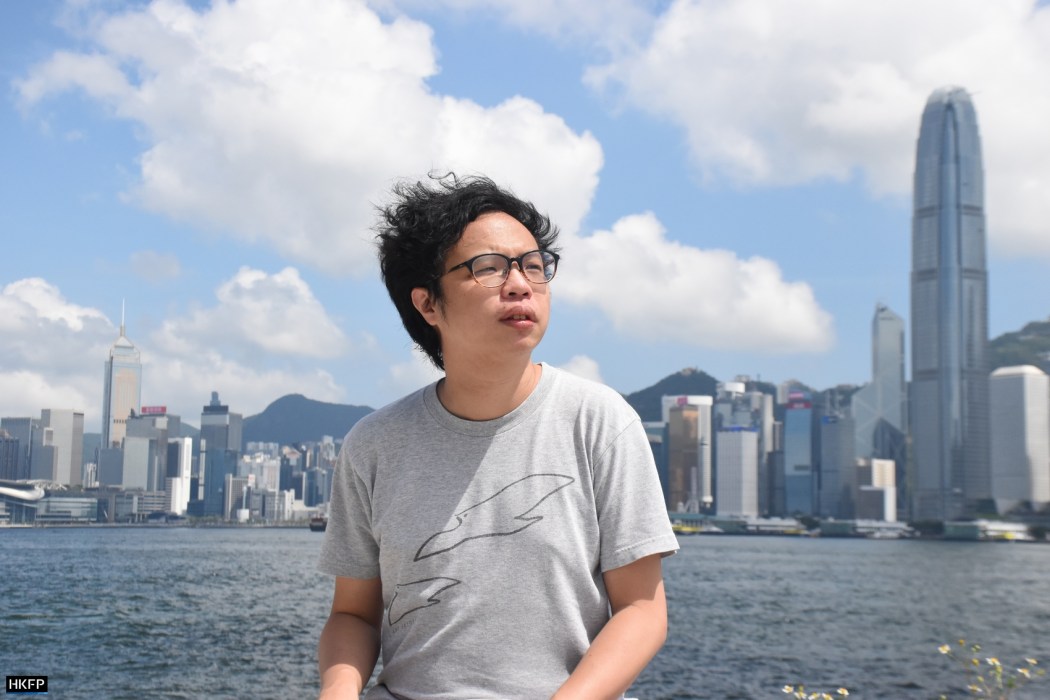
Wong gained prominence in 2014 after he and his colleagues collated online expressions of support for the pro-democracy Umbrella Movement and projected them onto the facade of the government complex in Admiralty. The artist was also behind the “Countdown Machine” in 2016, when a clock counting down to July 1, 2047 was projected onto Hong Kong’s tallest building.
HKFP spoke to Wong about his latest project, as well as the city’s overall art scene in the new political reality created by a sweeping national security law.
The pair filmed their first video in To Kwa Wan in late August last year. “I remember it was so hot, I almost got heatstroke,” said Wong.
They drew inspiration from a Japanese TV drama, in which the main characters have lunch in front of famous architecture, and from YouTuber Kraig Adams, who films himself hiking in various locations including Hong Kong’s MacLehose Trail.

However, what really pushed them to start their project was the souring political atmosphere in Hong Kong and the coronavirus pandemic.
“A lot of people said they couldn’t come to the city because of the pandemic; at the same time a lot of people are leaving the city and couldn’t come back in the future,” said Wong. “We felt that Hong Kong was in the mist of a huge change, we wanted to record what Hong Kong was like.”

“Another reason [why we started the project] was that on July 1 last year, a lot of people were saying ‘we really fucking love Hong Kong,’ and I have reflected on that: what do people love about the Hong Kong they love?”
Ordinary beauty
“Apart from its people, one thing I like about Hong Kong is its urban built environment,” the artist said. “In the past ten years, I have tried to use my work to help people appreciate Hong Hong’s urban environment.”
“Even though we know that there are a lot of unpleasant things, such as the lack of public spaces, and that a lot of buildings are actually subdivided flats, I still think that appreciating Hong Kong’s built environment is one of the key reasons for discussing Hong Kong culture and liking Hong Kong.”
The academic said that their ultimate goal is to film in all 18 districts of the city.
“There isn’t any grand philosophy [behind our films]” said Wong, adding that he wanted people to appreciate the beauty to be found in ordinary cityscapes and everyday scenes.
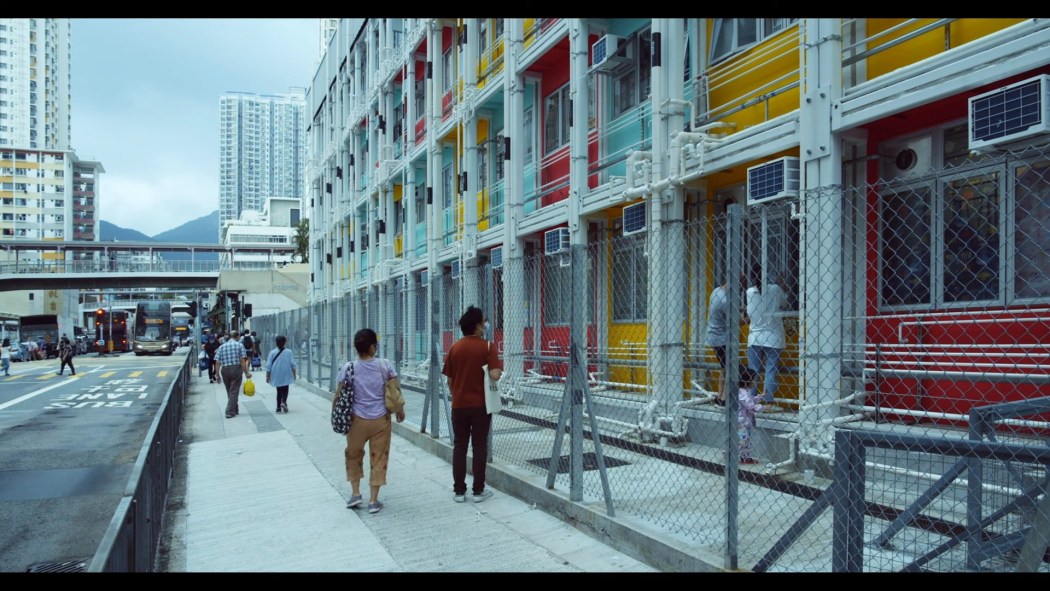
“We also see our YouTube page as a guide. Ever since people started doing staycations, it’s almost as if there are only hotels and huge tourist attractions in Hong Kong Kong, but we want to say that there are other routes to take if you want to have fun and appreciate the city.”
Wong said he also wanted the YouTube channel to be a comprehensive archive. “We wondered if we can film systematically, and imagined how we would feel in 30 or 40 years’ time when we watch the videos again.”
Community identity
In 2019, Hong Kong suffered the worst turbulence since the handover as mass protests and violent clashes broke out between protesters and police, after the government proposed a bill which would have allowed fugitives to be extradited to mainland China.
Wong said those protests attracted international attention to different corners of Hong Kong, and people should be more confident in promoting the characteristics of different districts rather than just the customary telegenic few.
“A lot of foreign reporters said that the protests brought them to places in the city that were unfamiliar to them. In the past, reporting might just happen in Admiralty or Central, but suddenly now they have to go to, let’s say, Sheung Shui, to cover a protest.”
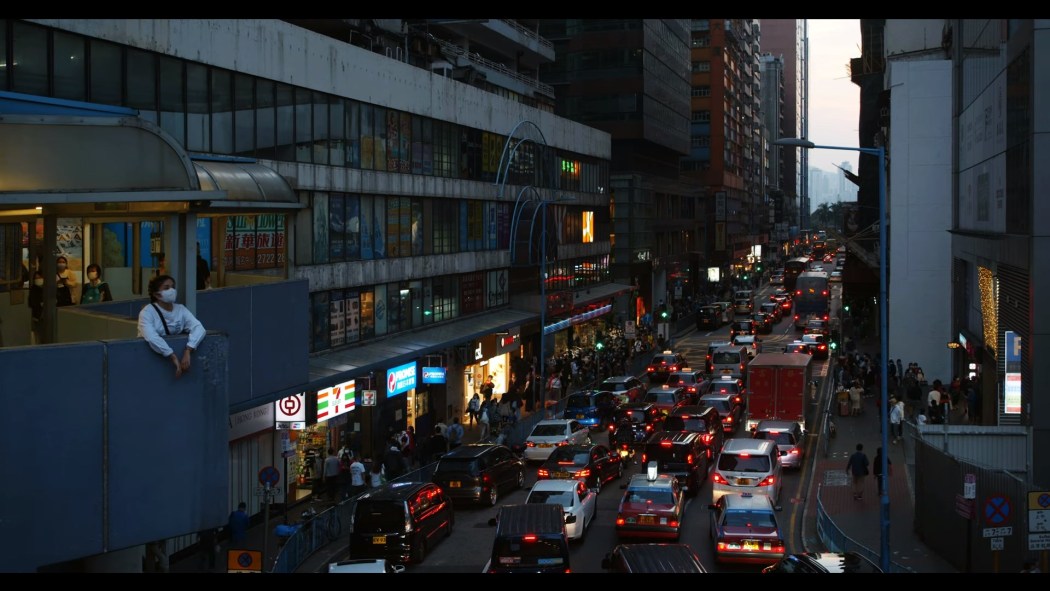
“We want to express that Hong Kong is formed by different neighbourhoods. It isn’t really related to the idea of localism that emerged in recent years, but rather the growing identity of neighbourhoods,” Wong added. “We are exploring what it means to be ‘local’ – it’s more than Hong Kong as a city, as a symbol.”
The artist said the 2019 protests also strengthened people’s identification with their communities. “It’s like when people say that Wong Tai Sin was so yellow.”
The district was a democratic stronghold. The word “Wong,” which means yellow in Chinese, was also the representative colour of the pro-democracy camp during the protests.
Diminishing space for art?
Following the demonstrations and unrest, Beijing in June 2020 inserted the national security law into Hong Kong’s Basic Law, bypassing the local legislature. It criminalises subversion, secession, collusion with foreign forces and terrorist acts.
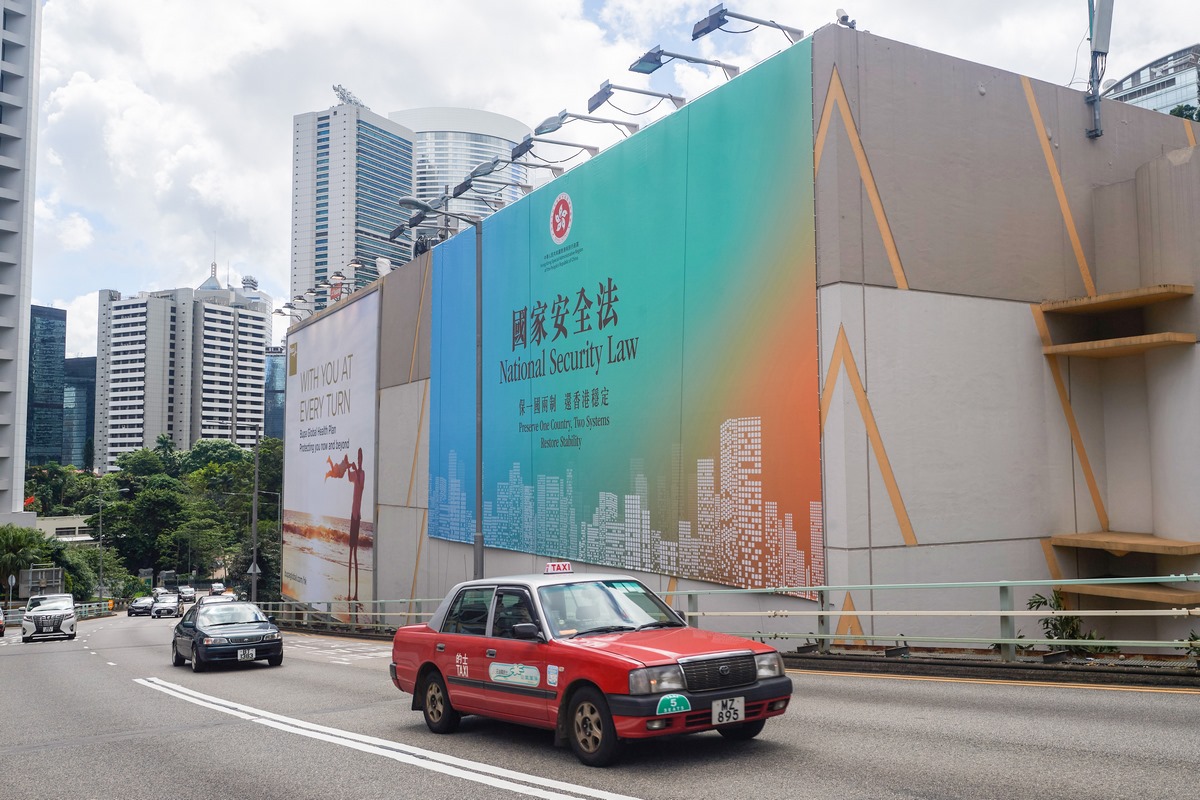
The artistic and cultural sector has come under more pressure because of the legislation, as pro-Beijing figures and state media launch attacks on galleries, cinemas, and artists for perceived anti-establishment content.
While many fear increasing self-censorship in the art and culture sector, Wong said he felt it has “regained the energy to come up with good work.”
“I feel like people have reawakened in these few months,” he said. “People were quite frustrated and lost in the last two years…It’s almost like people thought ‘it’s time for us to do something, we have to do our jobs’.”
“Maybe people think that they couldn’t intervene in the political reality, so they could only make sure they come up with good pieces [of artwork].”
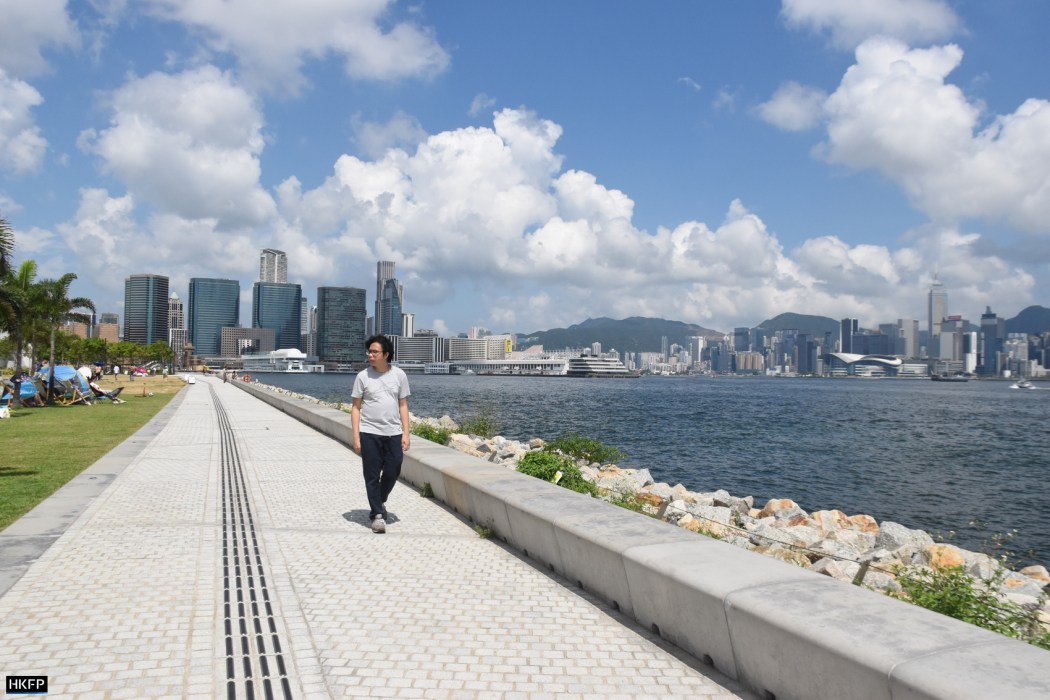
Artists, he believes, are exploring gaps in the city’s political reality and the cultural sector has more latitude to do this than other segments of society.
“I think that the art and culture sector will continue its energy, as opposed to other sectors, such as media and education, where they are directly oppressed,” said Wong. “In East Germany, Czechoslovakia, and the Soviet Union, they had a really vibrant culture, because people thought that a lot of messages can only be expressed through that way.”
While space for artistic expression might be shrinking, “the vitality of cultural workers is the seeking of [the remaining] space and doing our best.”
Support HKFP | Policies & Ethics | Error/typo? | Contact Us | Newsletter | Transparency & Annual Report | Apps
Help safeguard press freedom & keep HKFP free for all readers by supporting our team

LATEST FROM HKFP
HKFP has an impartial stance, transparent funding, and balanced coverage guided by an Ethics Code and Corrections Policy.
Support press freedom & help us surpass 1,000 monthly Patrons: 100% independent, governed by an ethics code & not-for-profit.










